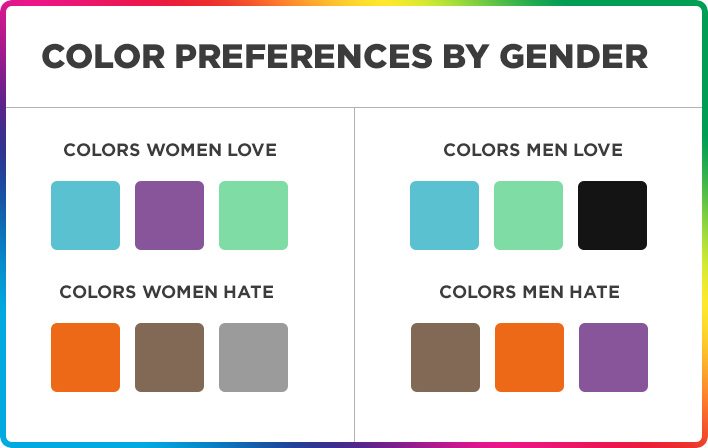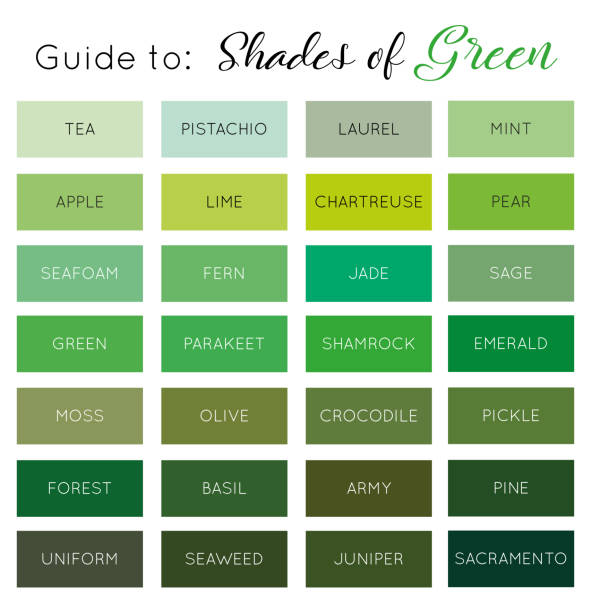What Is the Most Hated Color? Unveiling Color Preferences and Perceptions
Colors play a significant role in our daily lives, influencing our moods, emotions, and even our preferences. While some colors are universally loved and celebrated, others evoke mixed reactions or even strong dislikes. In this article, we will explore the concept of the most hated color and delve into the fascinating world of color preferences and perceptions. By examining various studies and cultural influences, we aim to shed light on the colors that are commonly disliked and understand the underlying factors that contribute to these perceptions.
1. The Subjectivity of Color Preferences

Subjectivity of Color Preferences
Color preferences are inherently subjective, varying from person to person. What one individual finds visually appealing, another may dislike.
Therefore, it is essential to acknowledge that the concept of the most hated color is based on collective opinions rather than absolute consensus.
2. Cultural Influences on Color Perceptions
Color perceptions can be influenced by cultural factors, as different societies may attach different meanings and associations to specific colors.
For instance, in Western cultures, the color black is often associated with mourning or darkness, while in some Eastern cultures, it symbolizes wealth and power.
These cultural influences can shape individual preferences and contribute to the perception of certain colors as being less favorable.
3. Studies on Color Preferences
Numerous studies have explored color preferences and attempted to identify the most disliked colors.
However, it is important to note that the results can vary depending on the sample size, demographics, and methodologies used in these studies.
Despite these variations, some colors consistently emerge as contenders for the title of the most hated color.
4. Green: A Controversial Color

Green
Green is a color that has elicited mixed reactions and varying preferences among individuals. While many people associate green with nature, growth, and tranquility, others may dislike it due to personal associations or cultural influences.
It is worth noting that green is also the color of envy, which may contribute to its unfavorable perception by some individuals.
5. Brown: A Color of Earthiness
Brown is another color that often finds itself on the list of disliked colors. Associated with earthiness and neutrality, brown may not evoke the same emotional responses or visual appeal as other colors.
However, it is important to recognize that brown can also convey warmth, stability, and comfort in certain contexts.
6. Institutional Colors: Yellow and Orange
Colors associated with institutions or public services, such as yellow and orange, have sometimes garnered negative perceptions due to their overuse or associations with caution signs or inconveniences.
These colors may be seen as loud or garish by some individuals, contributing to their dislike.
7. Individual Experiences and Biases
Personal experiences, memories, and cultural conditioning can shape an individual's perception and preference for certain colors. Negative experiences associated with specific colors may lead to aversions or dislike.
Additionally, individual biases and associations can influence color preferences, making it a highly subjective aspect of human perception.
The notion of the most hated color is subjective and varies from person to person. While certain colors like green, brown, and institutional colors like yellow and orange may elicit mixed reactions or be perceived negatively by some individuals, it is crucial to acknowledge the subjective nature of color preferences and the influences of personal experiences and cultural conditioning. Ultimately, color perceptions are highly individualistic, and what one person dislikes, another may cherish. Embracing the diversity of color preferences can enrich our understanding of human perception and the role that colors play in our lives.